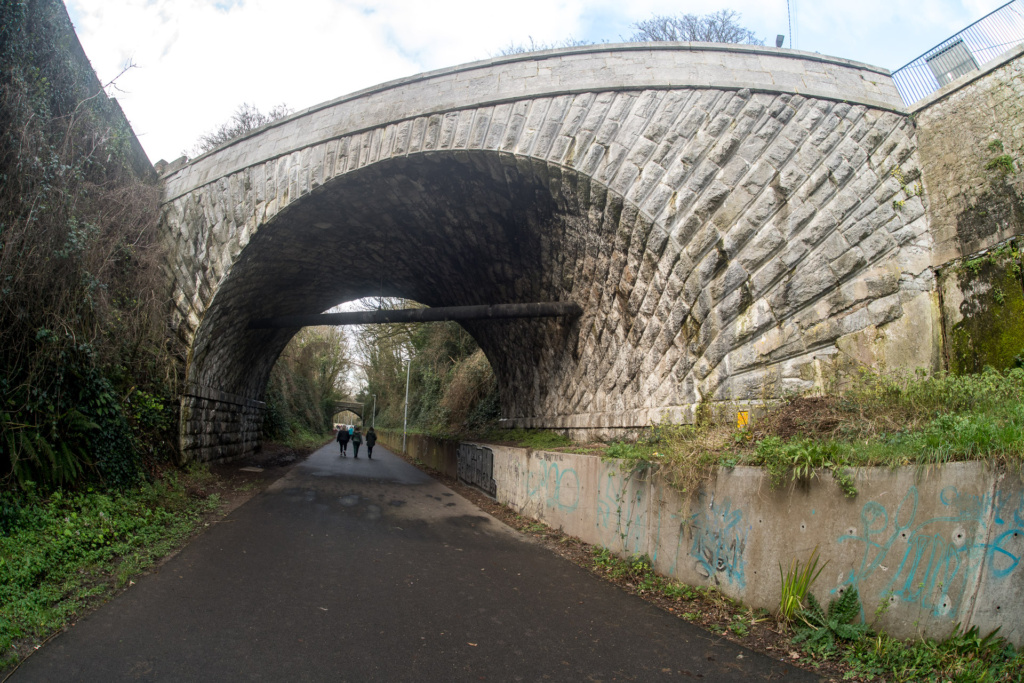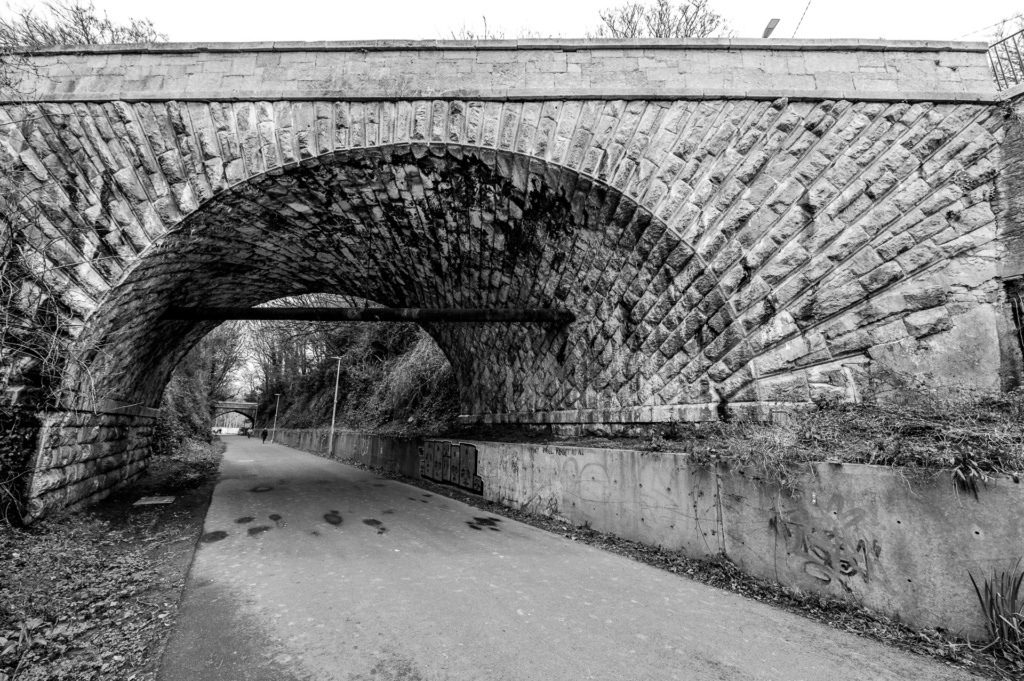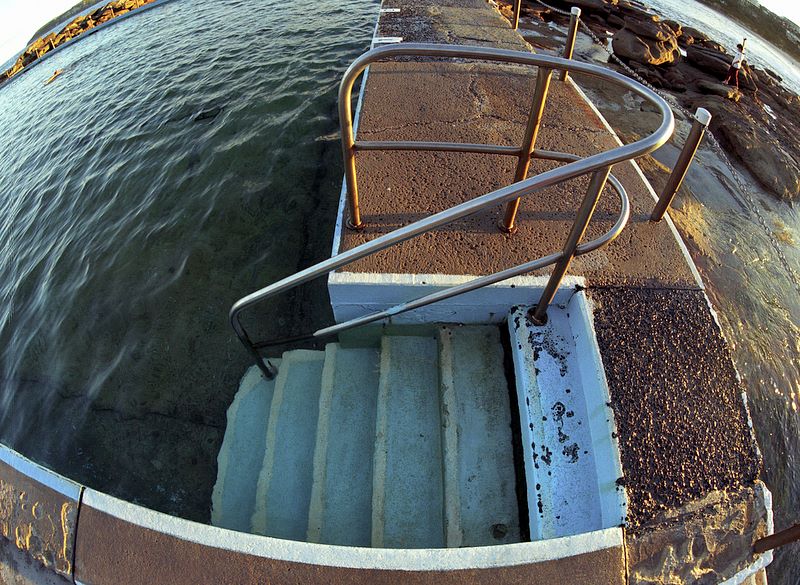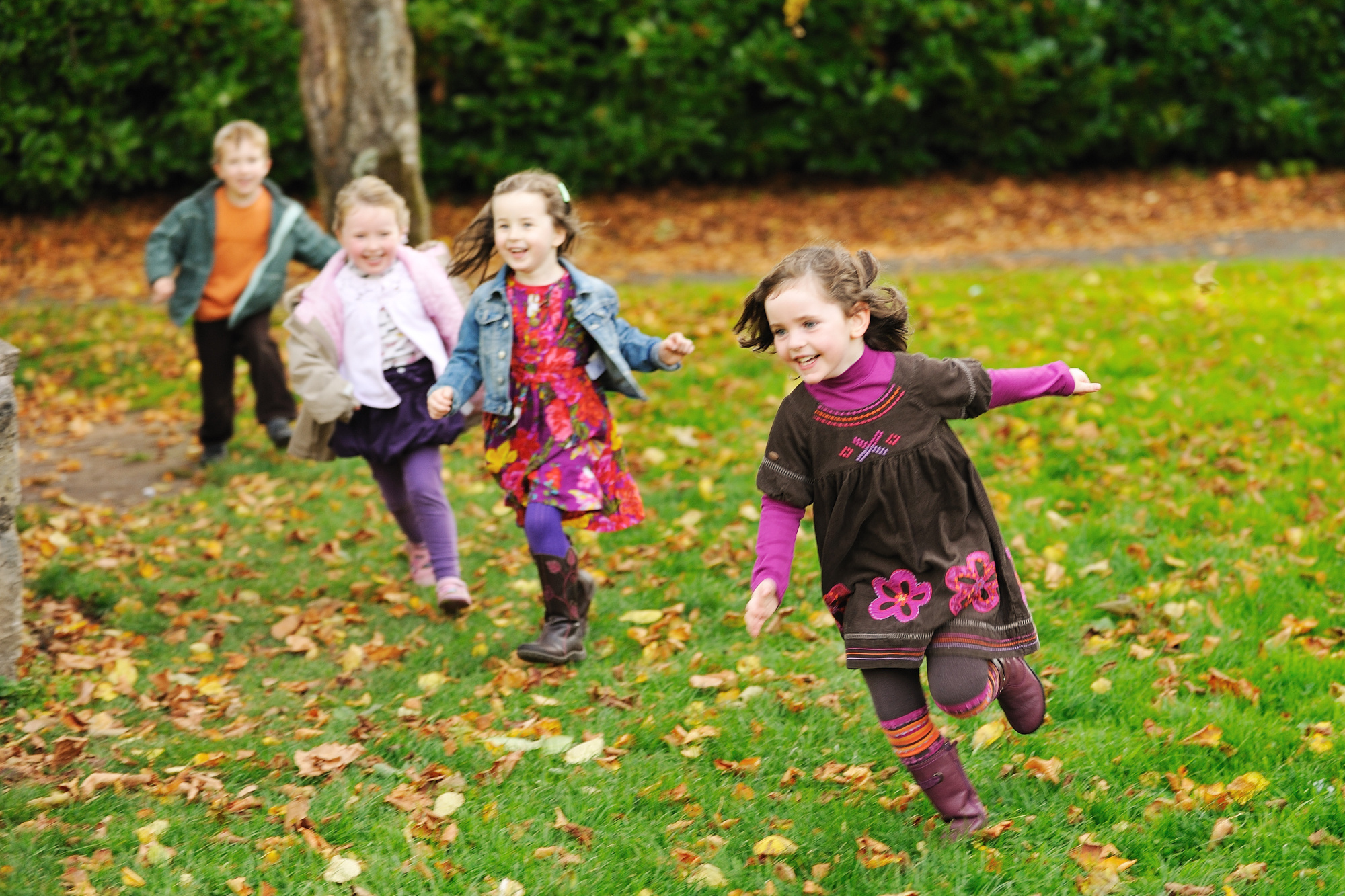The New Year brings a time to generally sort things out. I’ve fixed up the web site a bit so it’s all WordPress now and works better on mobile devices (still more to do on the content). It’s also the time of year when I think I need to do more personal work. Previous projects include Shooting Nana which in time has become something that I’m very happy I took the time to do.
So far this year I haven’t come up with anything significant for a personal project but the urge to take some more photos has had me outside with some unusual and unused combinations of cameras and lenses. Just to try out, maybe learn something, add a few strings to my bow.
I’ve always been a fan of the Fisheye lens. I have an old 16mm f3.5 manual lens from the early 70s and it’s served me well when the fad has taken me over the years.
So I put it on my usual work camera (the D850) and took it for a spin on Sunday. The results were … underwhelming. I loved this lens. I love the weird and simplistic point of view. But it looks kinda dull on the D850. I’m not sure if it’s picked up some fungus or the newer, higher resolution sensor is just showing it up for what it is or maybe the subject and lighting just didn’t suit it.

More testing required and it may be time to look for a more modern replacement – even though I don’t use it that much (and hardly at all professionally). There are a few new Fisheye being made for the mirrorless cameras that look interesting.
So I went back today with the rectilinear wide-angle. These are more complex (and expensive) wideangle lenses which try to correct for the natural distortion that a simple lens like the fisheye creates.
Again the aim here is to try and bring out the unusual structure of the bridge by using the extreme wide angle to exaggerate the geometry.

Hopefully it’s easy to see the different characteristics of these two lenses. Although the are very similar focal lengths, their rendering is quite different. The Nikon 14-24f2.8 has done a far better job of rendering the details and contrast of the image (in fact this was taken on the Z6 as an experiment and to take advantage of the maximum dynamic range).
I still like the Fisheye. I might put it back on the D700 and do some more testing before replacing my 16mm f3.5 AI-converted lens (which is nearly as old as I am!)


